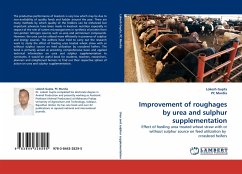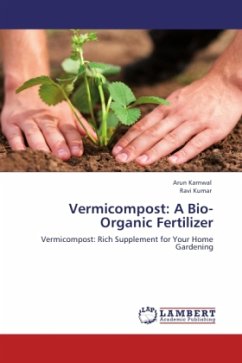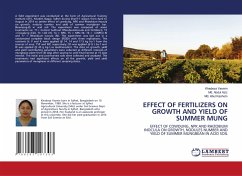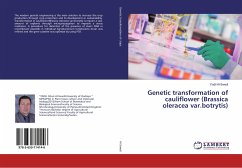Sulphur dioxide is well recognized phototoxic air pollutant and can also be utilized as a potential source of sulphur for plants growing in sulphur deficient soils. It is unique among the gases for acting as nutrient and as well as a toxic agent. Thus assessments of plant responses to sulphur dioxide must consider positive as well as negative impacts.sulphur dioxide will achieve a maximum growth rate at a concentrations which are close to the metabolic requirements of the plant, however toxicity will occur at concentrations above the metabolic requirements. This study assessed the plant responses to sodium metabisulphite (0, 20, 40, 60, 80, and 100 in µgm/l) In Brassica Campestris cv. Pusa gold by evaluating physiological and biochemical parameters. The study also suggests the suitability of some of the parameters for employing them as reliable bioindicators of sulphur stress.
Bitte wählen Sie Ihr Anliegen aus.
Rechnungen
Retourenschein anfordern
Bestellstatus
Storno








